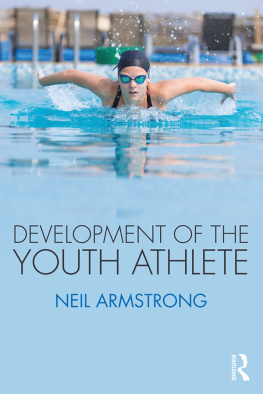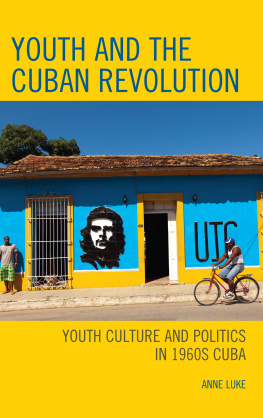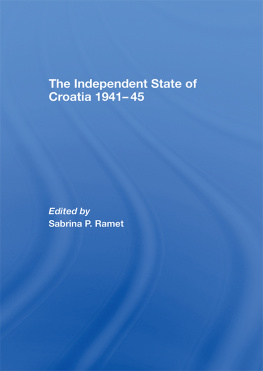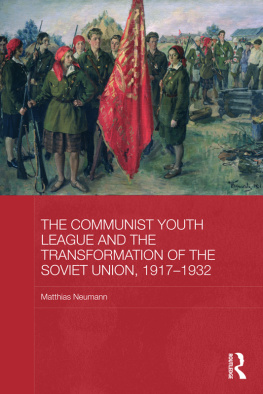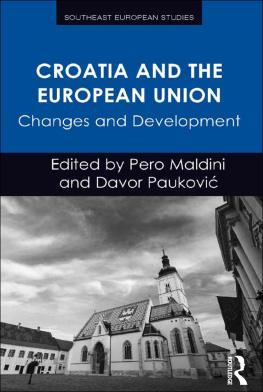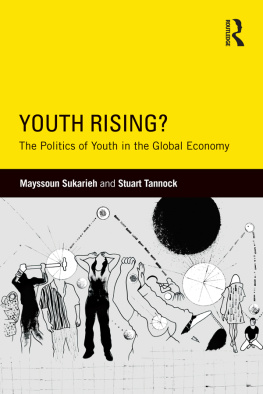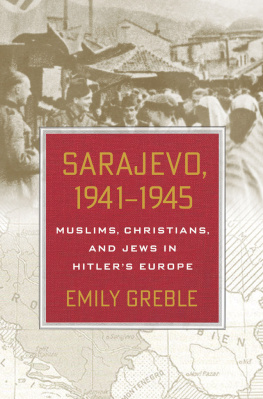Goran Miljan received his PhD in Comparative History from the Central European University in Budapest where he specialized in the history of World War II in Central and Southeastern Europe. He currently works as a Postdoctoral Fellow in Holocaust and genocide studies at the Hugo Valentin Centre, Uppsala University. He has been awarded several scholarships and grants for his research, and been published in peer-reviewed journals on the topic of Modern Croatian History.
This is an impressive, innovative and hardworking study of the youth section of one of the least researched fascist movements in interwar and wartime occupied Europe. The book uses a rich variety of archival and printed primary sources as well as having a good grounding of the secondary literature on the subject. Few key articles and books have attempted to situate various aspects of Ustasha rule in the context of pan-European fascism. The emphasis that Croatia and the Rise of Fascism places on transnational connections and the new Europe is an original feature of the study. Finally, the book takes an appealingly interdisciplinary approach looking at popular culture and rituals as well as educational and ideological aspects. Miljans study of the Ustasha Youth is extremely well researched with an original and provocative argument which builds on existing scholarship of fascist and National Socialist youth movements in Europe while also drawing some interesting parallels with socialist and communist youth groups of the postwar era.
Rory Yeomans, Institute for Advanced Study,
Princeton University
In her review article on youth patriotism and nationalism, Catherine Plum stated that within the existing studies, research on German and Soviet youth and organizations appears more advanced than other nationalities both for WWI and WWII.And while it could be understandable that due to these organizational and practical similarities the Ustasha Youth organization was not a popular topic nor a subject matter which sparked interest in communist/socialist Yugoslavia, it comes as a surprise that not a single historian in Croatia found it necessary to engage into its research since the 1990s. Therefore, this work aims to fill this lacuna and provide materials for future investigations and comparison of fascist youth organizations.
During their movement and regime, the fascists often emphasized the idea of youthfulness and vigor as essential to their worldview. In fact, the statement that Who owns the youth, owns the future, and who owns the future, owns the people exemplifies the basic ideological and practical component of fascist totalitarian revolution. The same can be observed in the Ustasha regime where the youth, as the new generation, a sort of tabula rasa, was regarded as the most important wheel within their mode of collective action. By establishing their youth organization, the Ustashas set up a framework whose main goal was re-creating a proper, new Croat the Ustasha. Thus, the youth was regarded as that segment of society most capable of understanding and carrying further the Ustasha revolution. This would be accomplished through a totalitarian state which
integrates, connects, and manages all sources of national strength, both spiritual and materialistic, because it concerns itself with a complete, total care for all national strata in all lives needs. It is totalitarian because it strives to monitor everything, to guide, manage, and arrange everything. It is totalitarian because it takes equal care of a child going to school, of a peasant getting seeds, of a mother giving birth without worry, of a worker securing a safe job, of an old man spending his last days in peace. It is totalitarian because it strives to put the life and work of each individual in the service of common national benefit.
In this totalitarian state the youth was seen as that new generation embedded with new virtues and values, capable of preserving the Ustasha achievements and ideas. The key idea was to impress in the youth all the values, will, strength, and spirit perceived as essential to every proper Croat the Ustasha, in order to keep this collective action and its dynamism in constant motion. Thus, the Ustashas appropriated some of the features, ideas, and practices from other fascist youth organizations while simultaneously adapting them to their national and social context. In comparing fascist youth organizations, many similarities as well as differences can be found. While the idea of an imminent need for national regeneration and reeducation of the youth through an all-embracing youth organization was the same, the structure, leadership, and control over the organizations differed significantly. However, the basis for the fascists youth organizations were layed down by the Fascist and Nazi youth organizations which served as role models for other fascist youth organizations.
In Fascist Italy, the beginning of the organization started in 1926 when Opera Nazionale Balilla ONB The male branch consisted of five age categories: age six to eight were Figli della Lupa (Sons of the She-Wolf), age eight to 11 Balilla, from 11 to 14 years old Balilla Moschettiere, age 14 Avanguardisti, and from 15 to 17 years old Avanguardisti Moschettiere. The female branch had a similar structure: from age six to eight Figle della Lupa (Daughters of the She-Wolf), from eight to 13 Piccole Italiane (Little Italians), and from 14 to 17 years old Giovani Italiane (Young Italian Women). Upon joining the Fascist youth organization the following oath had to be taken:
In the name of God and Italy I swear that I will execute the orders of the DUCE and serve with all my strength and, if necessary, with my blood the Cause of the Fascist Revolution.
By the late 1937 membership in the Lictor Youth numbered an estimated seven million five hundred and thirty-two thousand youth members and at its peak in 1942 an estimated eight million eight hundred and thirty thousand youth members were enrolled including 90 percent of adolescent and teenage boys but never more than about 30 percent of girls.
Similar structure and organizational principles are also traceable in Nazi Germany. Already in 1922, the Jugendbund der NSDAP (Youth League of the National Socialist Workers Party) was established with the purpose of attracting youth from ages 14 to 18. The Youth League was given its own statute according to which it was established as an integral part of the Nationalsozialistische Deutsche Arbeiterpartei NSDAP (National Socialist German Workers Party). It was also stated that the aim was to reawaken and nurture certain characteristics of German blood such as love for ones country, health, physical discipline and activity, as well as to erase class or social differences. The statute further stipulated that the youth was to become engaged and active through weekly meetings, games and hiking. Point V of the statute limited membership only to Germans; Jews and foreigners being excluded. In May 1922, the first public meeting of the Youth League was held in the Brgerbrukeller beer hall in Munich, thus announcing the official establishment of the Youth League.
Prior to Hitlers accession to power, the Hitler Youth passed through several stages, with both its membership and appeal fluctuating. No doubt, the Hitler Youth managed to gather certain amount of support, but it was not until Hitler became Chancellor, and Hitler Youth the only approved youth organization, that it managed to really expand its membership and exert ideological and political influence.



